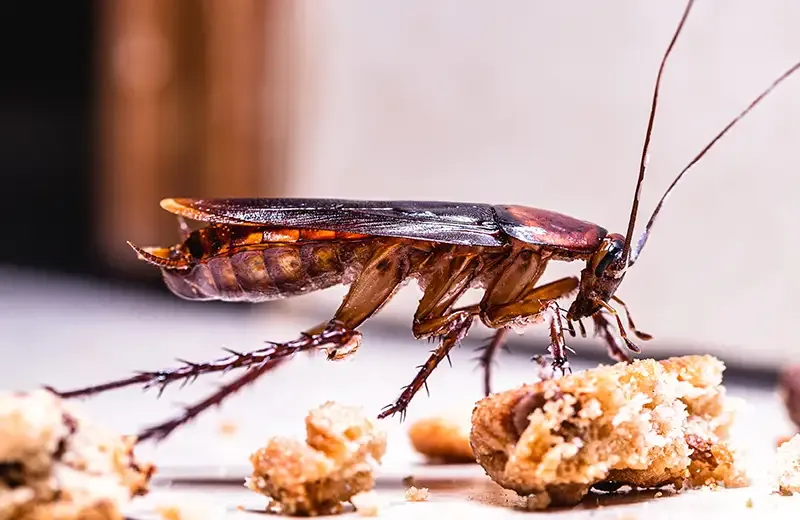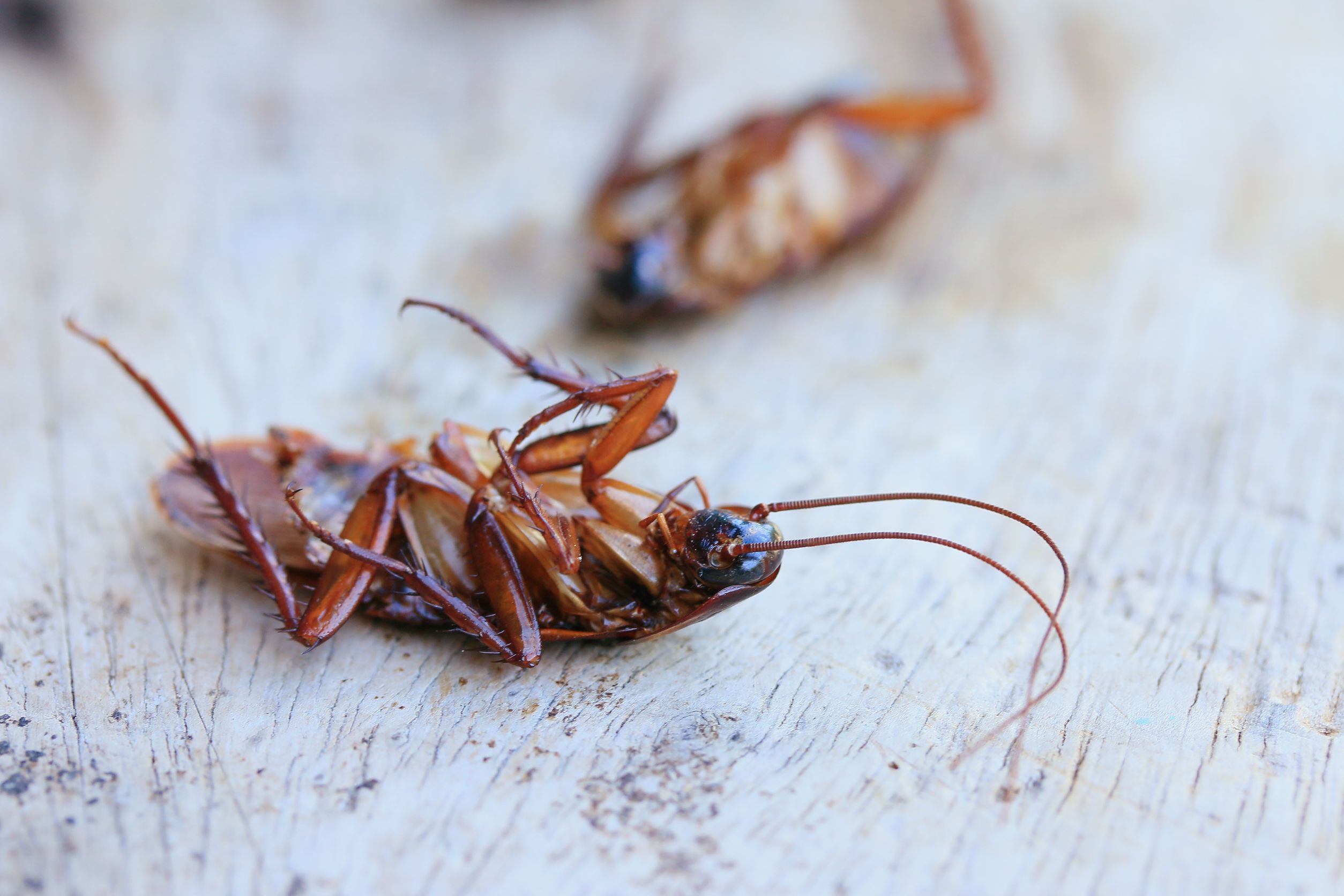Professional Roach Control Near Me: Say Goodbye to Roaches Today
Professional Roach Control Near Me: Say Goodbye to Roaches Today
Blog Article
Exploring Different Bug Control Approaches to Accomplish Long-Term Success in Handling and Protecting Against Problems in Residential Locations
Effective pest control in household locations necessitates a complex technique that balances instant outcomes with lasting sustainability. What might these improvements require, and just how can they change our understanding of insect control?
Understanding Insect Control Approaches
Although pests have existed together with people for centuries, the approaches used to control them have progressed significantly gradually. Understanding these techniques is essential for properly managing and preventing invasions in domestic locations. Insect control strategies can be extensively categorized into 3 main approaches: social, mechanical, and chemical.
Social approaches concentrate on changing the environment to reduce pest destination and reproduction. This consists of proper hygiene, plant rotation, and habitat adjustment, which can substantially decrease pest populaces. Mechanical control entails physical obstacles and traps to take care of pests straight, such as screens, vacuum cleaners, and sticky traps. This method is usually preferred for its safe nature and prompt outcomes.
Chemical control stays one of the most extensively used methods, entailing the application of pesticides to get rid of parasites. Integrated Insect Administration (IPM) combines these methods to create an all natural strategy, advertising lasting pest prevention and very little injury to useful microorganisms.
Eco-Friendly Bug Control Solutions
Exactly how can house owners effectively manage insect issues while lessening their ecological influence? Green insect control remedies provide a lasting choice to traditional methods, prioritizing the health and wellness of both locals and the bordering ecosystem. These options typically utilize all-natural ingredients and methods that interrupt bug habits without introducing damaging chemicals right into the environment.
One efficient strategy is using useful pests, such as ladybugs and lacewings, which exploit typical pests like aphids and termites. Additionally, diatomaceous planet, a natural powder made from fossilized algae, can be sprayed in locations where bugs are prevalent, working as a desiccant that hurts pests while continuing to be risk-free for human beings and animals.
Moreover, applying safety nets is important. roach control near me. Property owners can ensure correct hygiene by securing entrance factors, maintaining tidy space, and taking care of waste successfully. Planting pest-repellent herbs, such as mint and basil, can additionally prevent unwanted visitors
Inevitably, environmentally friendly pest control services empower home owners to address infestations properly, cultivating a more secure living atmosphere while advertising eco-friendly equilibrium. By welcoming these approaches, individuals can contribute to a much healthier planet while successfully handling pest-related concerns.
Chemical Bug Control Options
While green remedies are increasingly popular, there are situations where chemical insect control options might be required for efficient administration of severe infestations. Chemical controls, consisting of pesticides, fungicides, and herbicides, are typically made use of to swiftly reduce insect populations and alleviate damages to homes and gardens.
These products can be categorized right into 2 main classifications: artificial chemicals and all-natural pesticides. Artificial chemicals, such as pyrethroids and neonicotinoids, are engineered to target specific insects, giving quick knockdown impacts. Conversely, all-natural chemicals, stemmed from plant or mineral resources, may supply a much more eco pleasant alternative while still providing efficient outcomes.
Before using chemical bug control, it is critical to carry out a detailed analysis of the infestation and recognize the details bug included. This guarantees that the selected chemical is both efficient and suitable. Additionally, homeowners need to abide by safety standards, consisting of correct application strategies and personal protective tools, to lessen health threats and ecological impact.
Integrated Bug Management Methods

Biological control entails using natural killers or bloodsuckers to take care of bug populations. For example, introducing ladybugs can aid manage aphid infestations. Cultural techniques, such as crop turning, cleanliness, and environment alteration, goal to make atmospheres less for pest survival and recreation. Physical controls, like catches or obstacles, can protect against pests from entering homes or destructive crops.
Monitoring and analysis are important parts of IPM, permitting timely treatments based on pest populace thresholds. By prioritizing safety nets and making use of a mix of strategies, IPM not only addresses existing invasions however likewise promotes long-term parasite monitoring solutions that protect both human health and the environment. This detailed strategy is crucial for lasting bug control in property areas.
Arising Technologies in Parasite Control
The advent of emerging technologies in pest control is changing the way we manage pest populaces, providing cutting-edge options that boost effectiveness and performance. Breakthroughs in accuracy farming, for example, use information analytics and sensing unit innovations to keep an eye on pest task pop over here and environmental conditions, enabling targeted treatments that lessen pesticide use.
Furthermore, drones furnished with imaging technology are being employed to check huge areas for infestations, giving real-time information that aids in prompt decision-making. Furthermore, biotechnology is playing a pivotal duty, with the growth of genetically changed organisms (GMOs) designed to decrease bug populaces while maintaining helpful varieties.

Lastly, smart traps and checking devices outfitted with IoT abilities make it possible for home owners and bug control professionals to receive immediate informs regarding insect task, assisting in punctual action. Collectively, these emerging technologies not just boost insect administration end results yet additionally add to ecological sustainability by lowering dependence on typical chemical therapies.

Final Thought
In final thought, effective parasite control demands a diverse method that integrates cultural, mechanical, and chemical approaches. Stressing eco-friendly remedies and Integrated Pest Management can lead to sustainable methods that not only mitigate infestations yet additionally boost the ecological equilibrium within property locations. By welcoming cutting-edge technologies and adopting safety nets, homeowners can promote healthier environments while reducing reliance on unsafe chemicals. The combination of these techniques is critical for achieving long-term success in parasite management.
Report this page